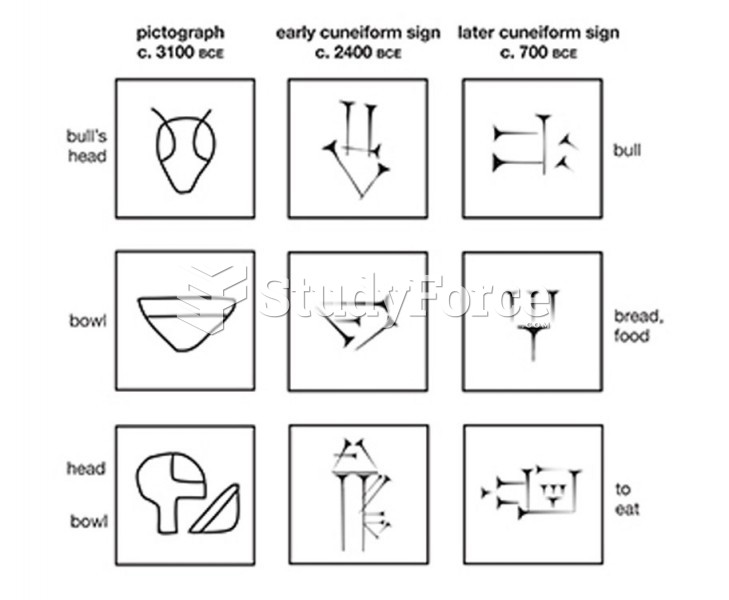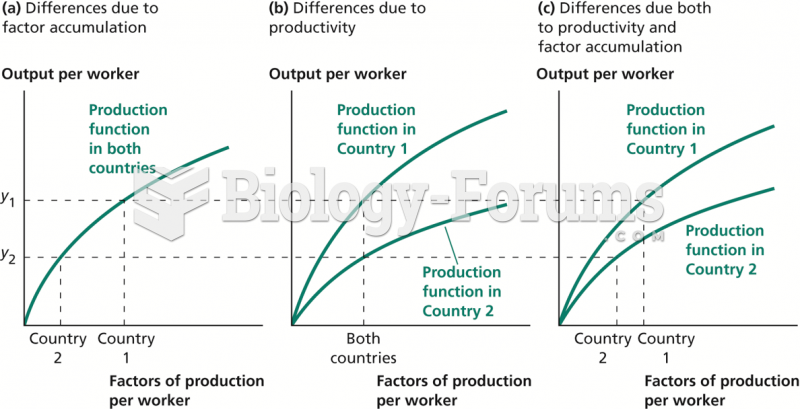Answer to Question 1
Writing for print is quite straightforward. The copywriter must review components of the creative plan so as to take advantage of and follow through on the marketing and advertising strategies specified and integral to the brand's market potential. In preparing copy for a print ad, the copywriter must decide how to use the three separate components of print copy: the headline, the subhead, and the body copy. Writing copy for broadcast media should begin in the same way that writing copy for
print media begins. However, writing for broadcast ads does have its differences. The audio and audiovisual capabilities of radio and television provide different opportunities for the copywriter. On radio, the use of sound effects, musical pieces, and voices
offer many creative possibilities. On television, the ability to combine copy with color and motion provides vast and exciting creative options. In either medium, the copywriter must be cautious not to use these effects in a way that could distract the listener or viewer from the copy of the advertisement. Also, broadcast media, as opposed to print media, does not provide the opportunity to communicate long, complex messages about brand features. Unlike print materials that can be read at leisure and viewed again and again. Broadcast media, particularly radio, work in short exposure time frames.
Writing for digital or interactive ads is somewhat similar to writing for print. However, there are differences. Audiences approach these ads in a much different waythey seek out the ads, at least to a point, rather than having ads presented to them. There is no time restriction for viewing the ads, similar to print, and very much unlike
broadcast.
Answer to Question 2
b







